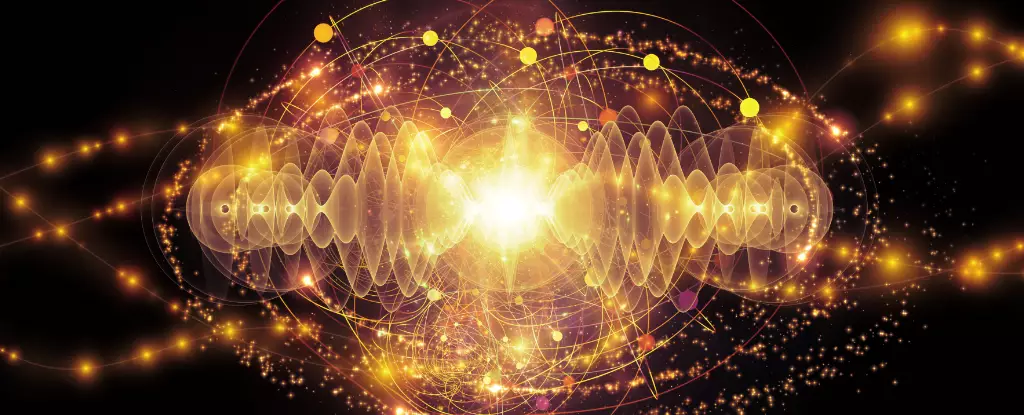In the realm of quantum physics, where the rules of reality bend and twist in ways that challenge our classical intuitions, a new concept has emerged that captures both the imagination and the curiosity of scientists: embezzling entanglement. Developed by researchers including Wim van Dam and Patrick Hayden in the early 2000s, the idea is contextualized in a universe governed by the bizarre principles of quantum mechanics. The essential premise is that certain interactions can seemingly “steal” entangled states without leaving a trace, raising profound questions about the nature of reality and the way we understand entanglement itself.
As odd as it may seem, embezzling entanglement could redefine how we perceive quantum interactions. Unlike traditional embezzlement, which surely leads to legal repercussions, this quantum version suggests the possibility of manipulating particle states without detection. Recent explorations by Lauritz van Luijk and colleagues from Leibniz University Hannover delve into the intersection of quantum mechanics and general relativity, suggesting that harnessing this entanglement could both contribute to advanced computational methods and challenge our understanding of quantum reality.
At the core of quantum mechanics lies the complex relationship between reality and observation. Before measurement, quantum states exist in a nebulous state of potentiality—a mesh of probabilities rather than certainties. This uncertain state embodies a stark contrast to the well-defined properties typically found in the classical world. However, when a measurement occurs, reality seemingly locks into place, much like a hand of cards being revealed in a poker game.
The ability to manipulate this uncertain tapestry becomes especially relevant when considering entangled particle pairs. Entanglement is often likened to a magical connection where the state of one particle can instantly influence another, regardless of distance. However, the introduction of external particles or interactions can disrupt this delicate balance, resembling a disruption in an intricate card game. Researchers argue that understanding these disruptions helps harness the full potential of entanglement while avoiding chaotic degradation of quantum states.
Within the study of embezzling entanglement, the notion of catalysts emerges as a key player. Catalysts in quantum mechanics are transformations that can revert a system to a previously unaltered state, thereby preserving the integrity of its entangled properties. The duality of catalysts allows for seamless computational operations that would otherwise be impossible, standing in stark contrast against processes leading to altered end states.
Van Dam and Hayden pioneered insights surrounding these catalysts, but the research team at Leibniz University has taken this a step further. They illustrated through algebraic frameworks that the union of general relativity and quantum field theory could yield an infinite reservoir of these catalytic processes, granting unprecedented access to embezzling entangled states. This discovery challenges conventional perspectives of availability and resourcefulness in quantum mechanics.
The potential emergence of a “bottomless pit” of catalysts poses several intriguing implications for the future of quantum research. Imagine a scenario where a relativistic quantum field acts as a perpetual source of entanglement, allowing particles to engage in complex interactions, all while remaining undetected. The researchers paint this situation as the “perfect crime,” evoking a sense of intrigue akin to that found in classic heist narratives.
However, despite its theoretical allure, the practical realization of such a system remains elusive. Current research does not provide a straightforward method to induce embezzling entanglement; the concept is largely still a mathematical construct. Yet, understanding the mechanisms that underpin this phenomenon could lead to innovative applications within quantum computing, cryptography, and even fundamental physics.
As scientists ponder the implications of embezzling entanglement, we find ourselves on the brink of a new age in quantum discovery. The notion of infinite entanglement existing in the void opens avenues for a deeper comprehension of the universe, reminiscent of exploring a hidden criminal underworld competent in discreetly pilfering quantum resources. Unlocking these mysteries may ultimately reshape our grasp of physical laws and reveal tantalizing prospects for technological advancement on a grand scale. While the practical applications of these concepts remain to be seen, the quest for understanding continues to propel us forward into the uncharted territories of quantum reality.


Leave a Reply